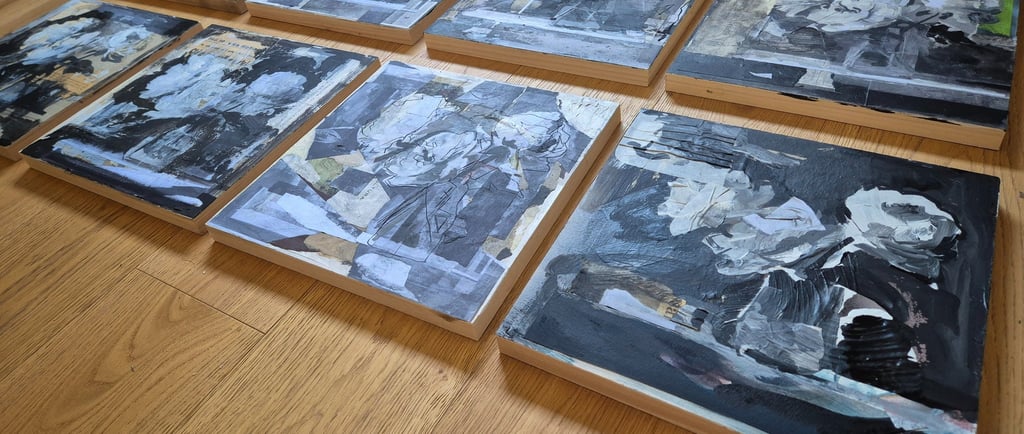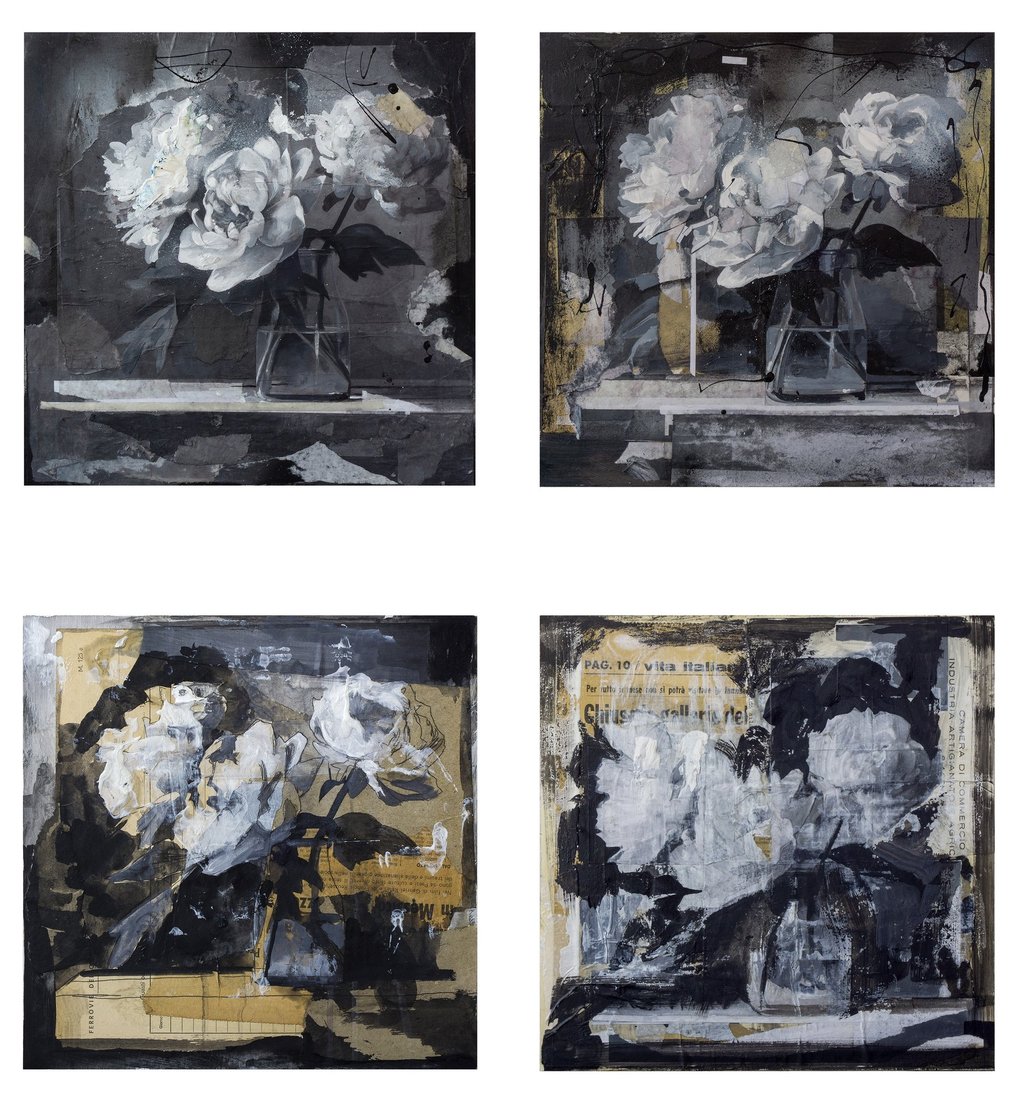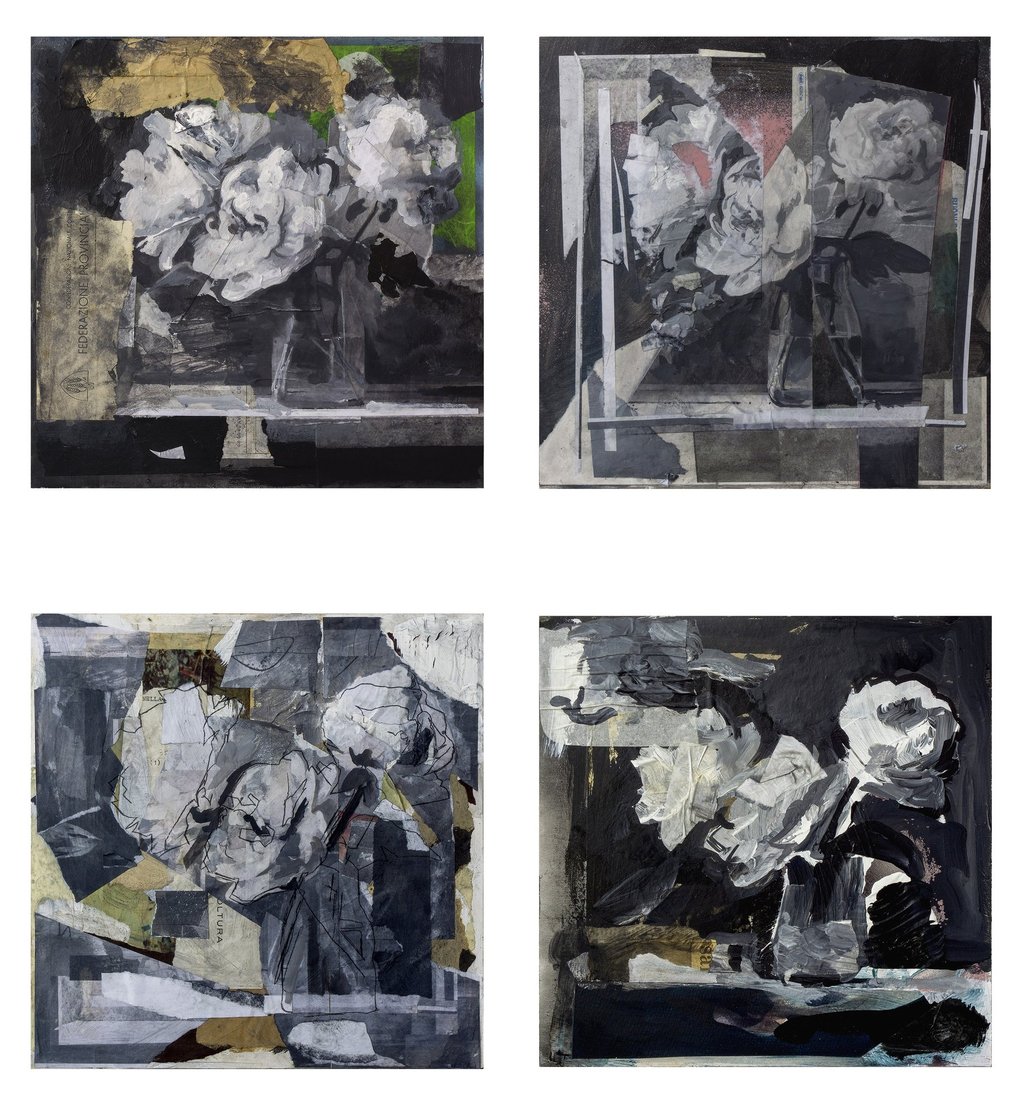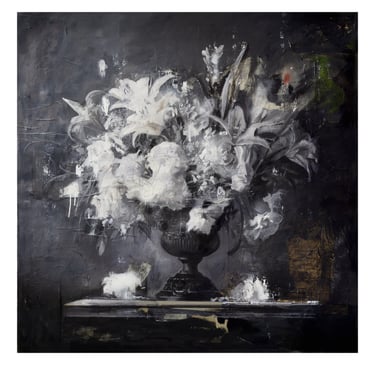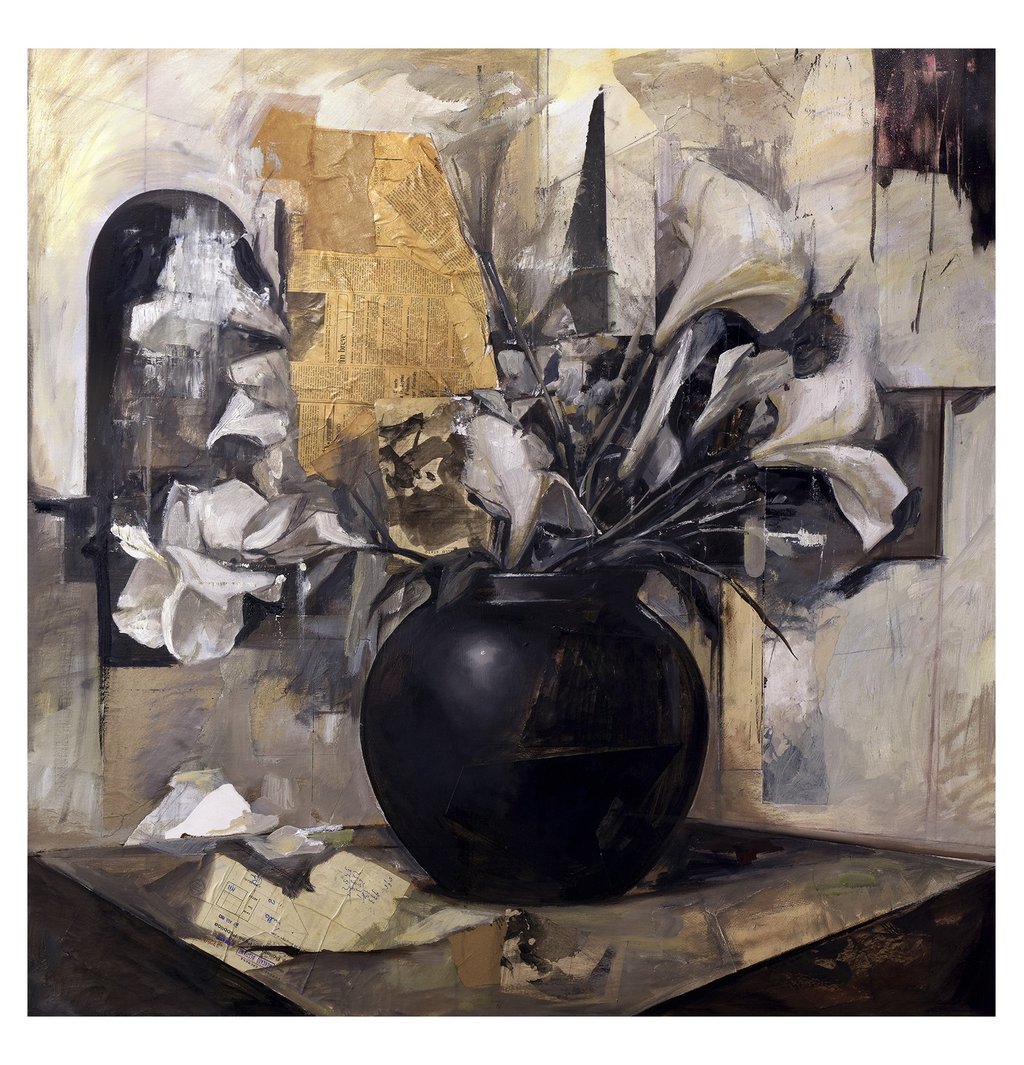Why return to still life in 2025?
Because it is a genre largely neglected today — marginal within contemporary artistic discourse, often relegated to a decorative function or perceived as anachronistic. Yet it is precisely this lack of currency that makes it fertile. Still life, with its silent and unfashionable status, forces us to rethink the very coordinates of vision, time, and matter. Revisiting it today means reactivating a pictorial tradition in tension with the present, raising essential questions about the meaning of painting and the role of the image within contemporary visual culture.
The exhibition aims to open a dialogue between past and present, questioning the tradition of the visible in light of current sensibilities.
In seventeenth-century Holland, still life was both a tool of bourgeois self-representation and a sophisticated optical device: hyper-realistic images that challenged perception to the point of deceiving nature itself, enticing insects to land on painted flowers. These works were made for a slow, attentive gaze — dense with detail, engaging both body and mind. The opposite of today’s visual experience: fast, compressed, digital — ultimately, low-resolution.
Today, after photography, chasing verisimilitude makes no sense: the primacy of the mimetic image belongs to photographic language. As Deleuze writes, painting becomes painting when it ceases to illustrate and becomes sensation.
If once it was the insect that made the vase of flowers “real,” today it is the stain, the mark, the gesture that reactivates a sensible experience of the visible. Like a lapsus, painting reveals truth at the very moment it deviates, stumbles, betrays intention — that is where the censorship on the unconscious falls away. In these works, the flower is an unstable appearance: fragment, residue, recomposed matter. The image never repeats itself identically but transforms — like a game of telephone — in which every variation rewrites, alters, distorts. Reality is not reproduced but reformulated.
It is no longer illusory perfection that matters, but the unforeseen crack on the surface: trace of an authentic gesture, testimony of body, time, and making. In an era dominated by digital reproduction and polished imagery, painting claims its fragility as value. Error becomes revelation; matter becomes visible thought.
It is within this deviation that the space of the artwork opens — not as a copy of the world, but as a trace of what escapes language. And it is in the encounter between the body of painting and that of the viewer that a sensitive experience is activated, where gaze and presence intertwine. An experience that, now more than ever, feels necessary.
